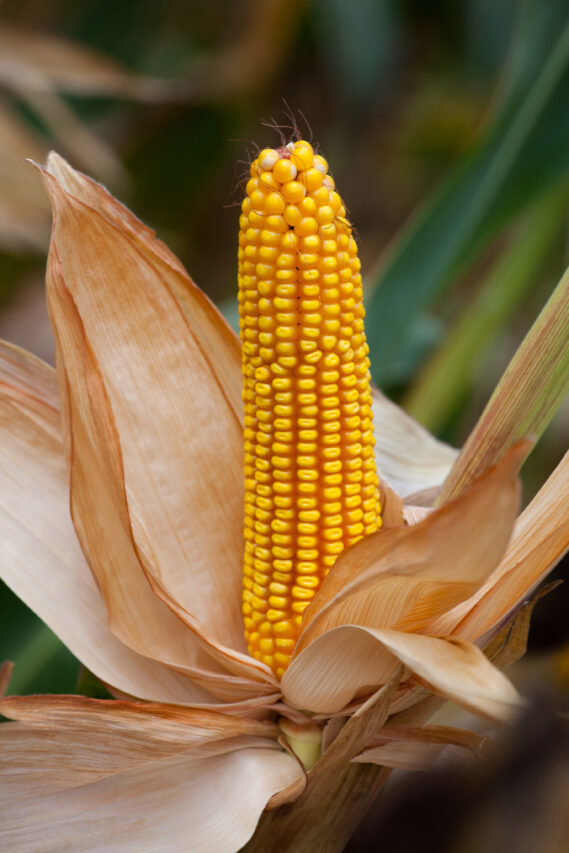
Toxin Binders
There are two main ways to control mycotoxins:
prevention and use of toxin binders.
Prevention can occur at the stages of both feed production and feed storage and handling. Mycotoxins can accumulate right from the outset if the raw materials are not properly protected against pests and insects and are not collected, cleaned and dried with the highest hygenic standards. Therefore, the first step is to choose the right feed supplier to avoid receiving contaminated material. Once feed is in your possession, it is important to maintain adequate facilities and handling measures. This means maintaining strict hygene protocols around the farm and storage facilities, fumigating the feed against potential threats (such as rodents, insects and bacteria), conserving feed at moderate temperatures and without high humidity and moisture, allow ventilation of storage facilities and use mould inhibitors.
Treatment: despite all best precautions, and given their invisibility to the human eye unless in very high concentrations, additional preventative treatments are adopted to avoid the much higher cost of curing or replacing their livestock due to intoxication and illness. The most common and efficient method is to use toxin binders to absorb mycotoxins both inside the animals and in their litter. Toxin binders, also referred to as captants, are usually in powder form for easy mix with feed. They are based on various types of minerals and cell walls that are able to attach to or destroy the particles of the toxins thanks to their chemical effect and structure. Once ingested, toxin binders might also have additional beneficial effects for the animals in improving performance, growth and quality of yield (e.g. for milk or eggs)
There are two main ways to control mycotoxins:
prevention and use of toxin binders.
Prevention can occur at the stages of both feed production and feed storage and handling. Mycotoxins can accumulate right from the outset if the raw materials are not properly protected against pests and insects and are not collected, cleaned and dried with the highest hygenic standards. Therefore, the first step is to choose the right feed supplier to avoid receiving contaminated material. Once feed is in your possession, it is important to maintain adequate facilities and handling measures. This means maintaining strict hygene protocols around the farm and storage facilities, fumigating the feed against potential threats (such as rodents, insects and bacteria), conserving feed at moderate temperatures and without high humidity and moisture, allow ventilation of storage facilities and use mould inhibitors.
Treatment: despite all best precautions, and given their invisibility to the human eye unless in very high concentrations, additional preventative treatments are adopted to avoid the much higher cost of curing or replacing their livestock due to intoxication and illness. The most common and efficient method is to use toxin binders to absorb mycotoxins both inside the animals and in their litter. Toxin binders, also referred to as captants, are usually in powder form for easy mix with feed. They are based on various types of minerals and cell walls that are able to attach to or destroy the particles of the toxins thanks to their chemical effect and structure. Once ingested, toxin binders might also have additional beneficial effects for the animals in improving performance, growth and quality of yield (e.g. for milk or eggs).
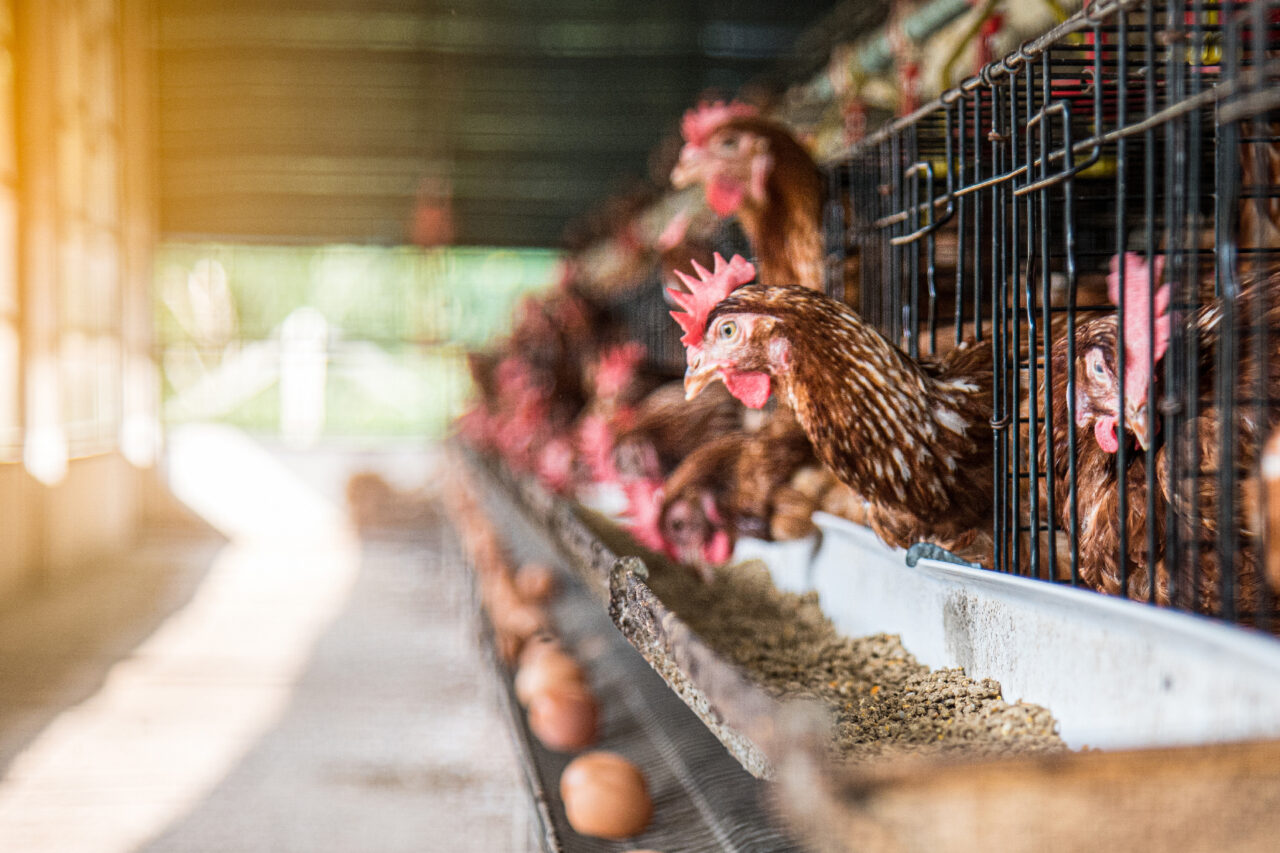
GOLDEN Bentonatron
Main Ingredients:
- Bentonite
- S. Cervisiae
With the addition of:
- Natrolite-phonolite
- Kieselgut
- Clinoptilolite
- Sepiolite
GOLDEN Sacch k-002
Main Ingredients:
- Bentonite
- Kaolin
- Kieselgur
With the addition of:
- Vegetable carbon
- S. Cervisiae
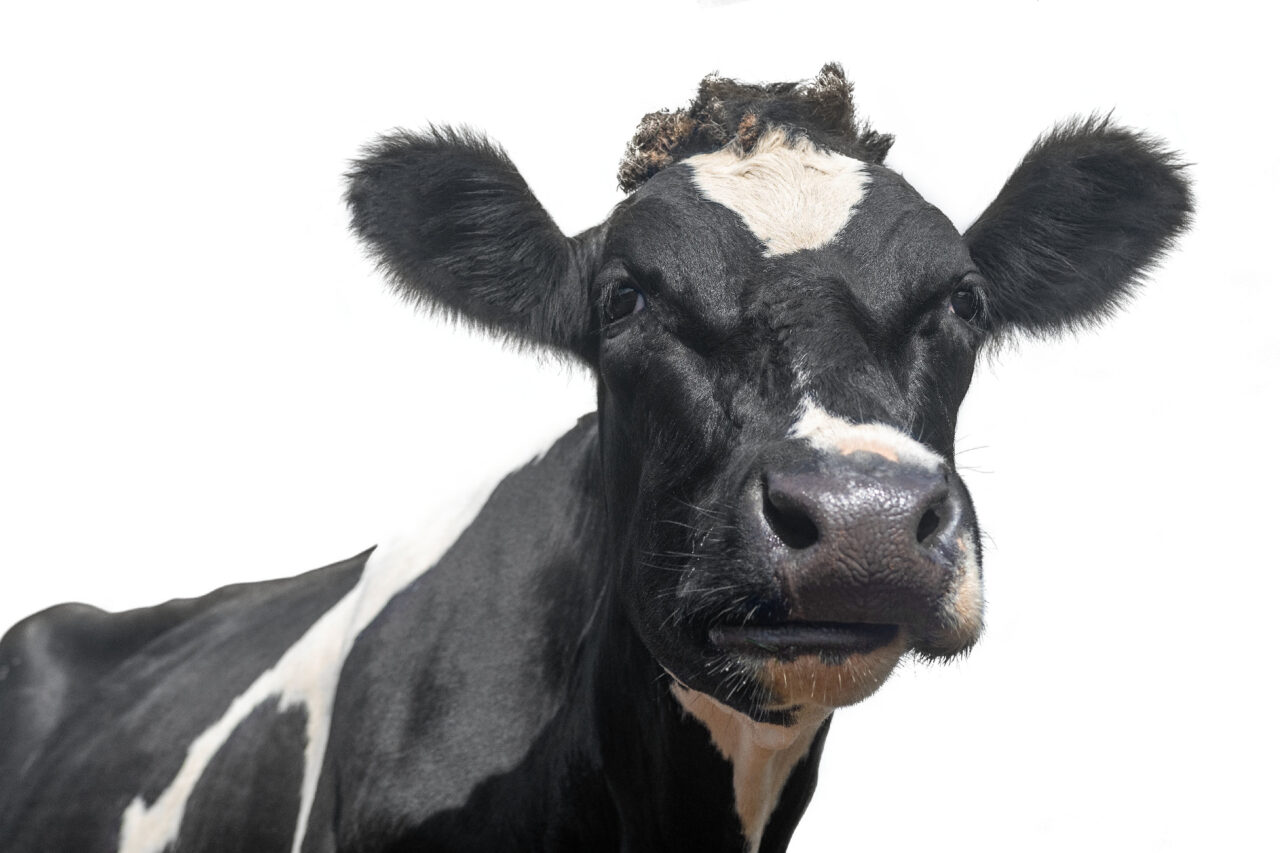
GOLDEN 3 Zeo-Zinc
Main Ingredients:
- Bentonite
- Natrolite- phonolite
With the addition of:
- Sepiolite
- Clinoptilolite
- Zinc sulfate monohydrate
GOLDEN Bind
Main Ingredients:
- S. Cervisiae
- Zeolite
With the addition of:
- Wheat middling
- Sepiolite
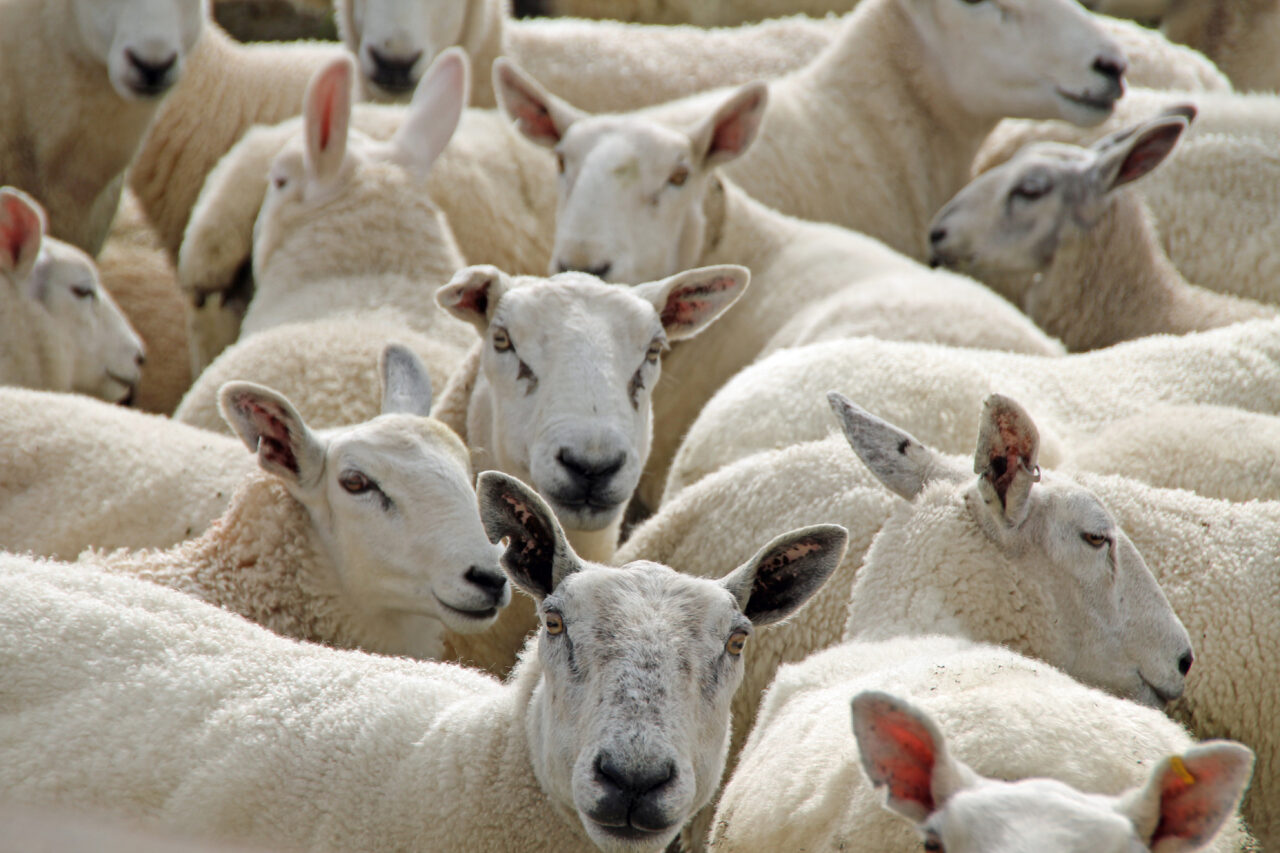
GOLDEN Capta
Main Ingredients:
- Bentonite
- Clinoptilolite
With the addition of:
- S. Cervisiae
- Attapulgite
GOLDEN Capta Plus
Main Ingredients:
- S. Cervisiae
- Bentonite
- Clinoptilolite
With the addition of:
- Attapulgite
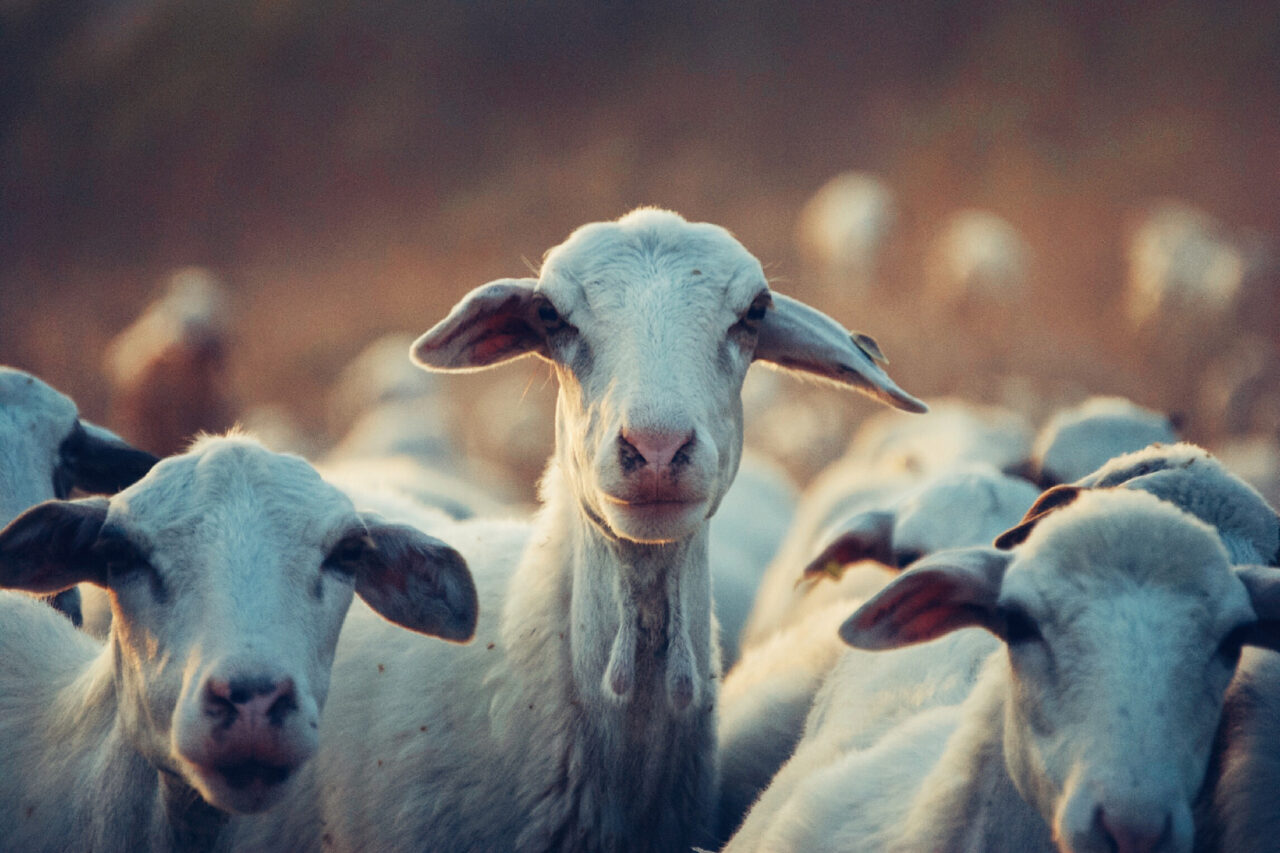
GOLDEN Capta Kiesel
Main Ingredients:
- Bentonite
- Kieselgur
With the addition of:
- Clinoptilolite
- S. Cervisiae
GOLDEN Capta Acid
Main Ingredients:
- S. Cervisiae
- Bentonite
With the addition of:
- Clinoptilolite
- Sepiolite
- Acids (Propionic, Formic, Citric)
